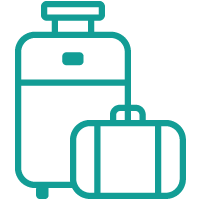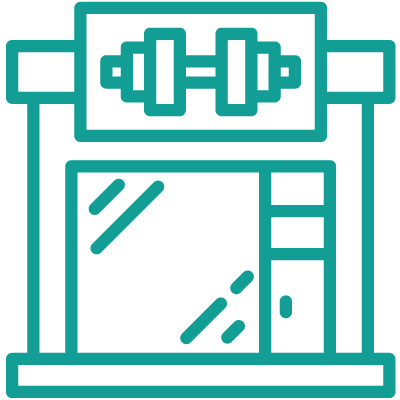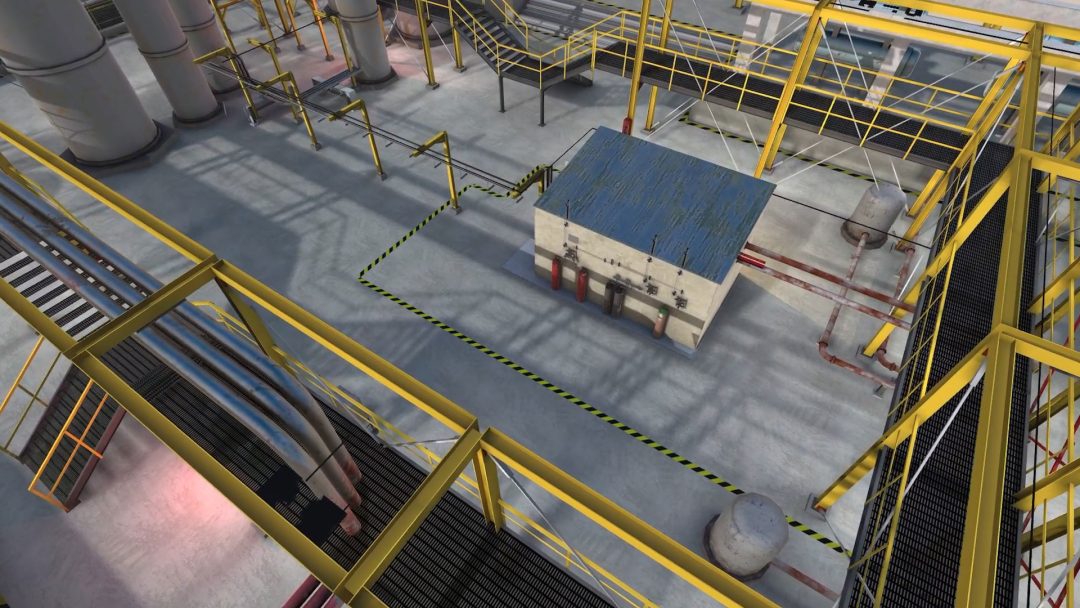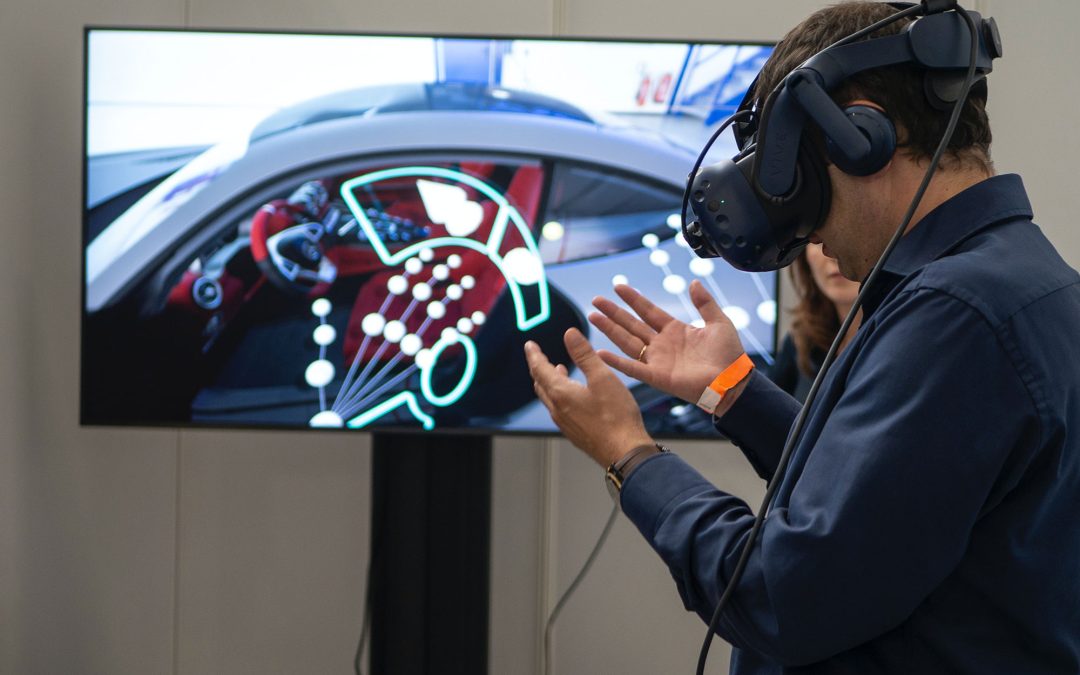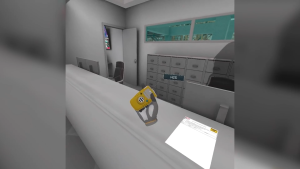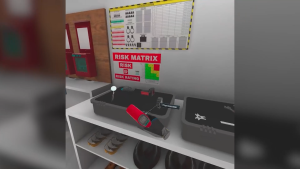VR Apps for the VR Oil & Gas Industry
3D Walkabout is an Australian based VR studio that designs amazing VR apps for VR Oil & Gas Industry.
Virtual Reality (VR) for Oil & Gas Industry
Virtual Reality (VR) presents significant opportunities for oil and gas companies to enhance their operations and drive innovation. VR can be utiliSed for training purposes, enabling personnel to practice high-risk scenarios and complex procedures in a safe virtual environment. This enhances safety, efficiency, and competency among the workforce. VR can also facilitate remote inspections and maintenance activities, reducing the need for physical presence in hazardous environments and minimising downtime. VR can aid in the planning and design of oil and gas facilities, allowing stakeholders to visualise and optimise projects before construction, thereby reducing costs and enhancing project outcomes. By leveraging VR technology, oil and gas companies can improve safety, operational efficiency, and decision-making while minimising risks and environmental impact.
What are the benefits of VR for the oil & gas industry?
Trainees can use VR headsets to enter a training environment virtually, in conjunction with classroom learning
Cost-effective training tool that doesn’t require a physical presence on site
Provides fast, effective diagnostics without engineers needing to be on site
Allows engineers to anticipate safety hazards before they arise
Virtual replicas of the equipment can be used for testing
Geoscientists can use VR to determine efficient drilling sites
Pumps, generators and compressors can be monitored in real-time via VR
VR can be used to create more advanced systems than previous iterations
Opportunities for improvement can be identified via digital twins>
Research opportunities can be identified through accurate diagnostics
How VR is currently being used by oil & gas industry
The oil and gas industry is subject to changes within the financial, political and technological fields, and VR looks set to revolutionise the industry’s future and its practices.
Currently, the industry is seeing a staff shortage as older professionals retire and younger crew complete their training. VR can provide new recruits with efficient training, allowing them to learn via digital channels. This costs the company fewer resources, minimising the cost of training and speeding up the recruitment process.
VR is streamlining tasks within the gas and oil industry, creating more efficient work procedures and easing the burden of routine tasks on staff. This allows industry professionals to work remotely, enhancing employee safety and prioritising business development.
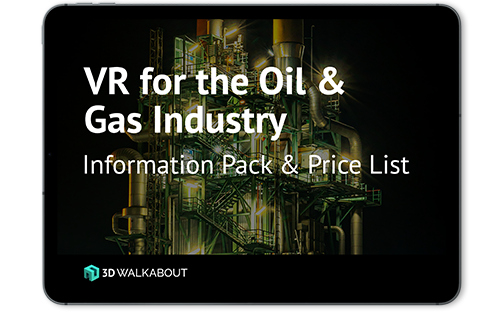
Brainstorm your ideas on 1300 00 3392
If you’d like to receive our full ‘VR for Oil & Gas Industry Information Pack & Price List‘ please add your details below.
The industries we work in
VR Oil & Gas Industry Projects
VR Oil & Gas Industry Articles
VR Oil & Gas Industry Videos
Frequently Asked Questions
What is VR in crude oil?
VR in crude oil refers to the use of virtual and augmented reality to simulate the rig, whether offshore or on land. Its use allows workers to train remotely, minimising risk to themselves and other workers. It also enables accurate modelling of equipment to allow for detailed instructions for operation, maintenance, or repair.
How is virtual augmented reality used in the oil and gas industry?
Virtual augmented reality is used to improve safety, enhance training, improve working practices, and improve communication with customers. It can be adapted to allow simulation of real-life rigs without the expense of travel and gives technicians a way to monitor, repair and rework equipment with minimal risk to their safety.
How is virtual augmented reality used in the oil & gas industry?
Whilst VR is a fully immersive digital experience, AR augments digital elements onto your surroundings, typically via the Metaverse using the camera on a phone or tablet. The oil and gas industry utilises AR to visualise and test planned changes to equipment, as well as oversee on-site work without being physically present. AR is also invaluable for providing detailed training to new employees, without the costs involved with transporting them to the site.
How can VR improve safety training in oil & gas?
Employees within the oil and gas industries are often expected to frequent hazardous sites as part of their roles, such as an oil refinery or rig. VR allows employees to complete safety training off-site, ensuring they are equipped with an in-depth knowledge of safe procedures, without the need to visit the site itself. As a result, employees will be fully equipped to deal with future hazards without necessarily putting themselves in the danger zone.
What is VR in crude oil?
VR in crude oil refers to the use of virtual and augmented reality to simulate the rig, whether offshore or on land. Its use allows workers to train remotely, minimising risk to themselves and other workers. It also enables accurate modelling of equipment to allow for detailed instructions for operation, maintenance, or repair.




























